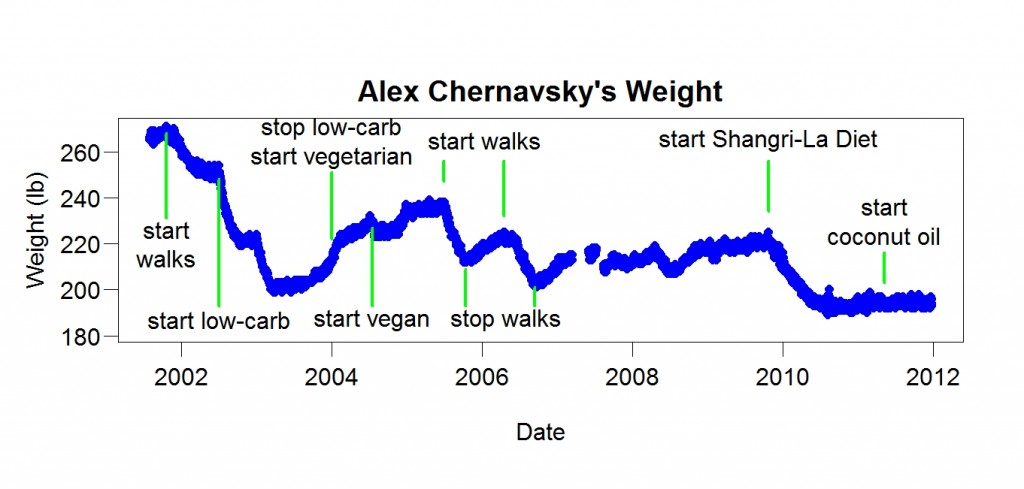I heard Gary Shteyngart (latest book Super Sad True Love Story) at the Beijing Bookworm. No better job of authorial self-promotion have I seen. He was born in Leningrad in 1972, he grew up hearing jokes from his parents. For example: The 1980 Summer Olympics were in Moscow. At the time, Brezhnev was in charge. He was going senile. At an Olympic ceremony, he gave a speech. His hands shook holding the text of his talk.
“Ohhhhhh…..” he read.
He paused.
“Ohhhhh…….”
He paused.
“Ohhhhh……”
An apparatchik ran up to him. “Senior Comrade Brezhnev, those are the Olympic Rings!”
The moderator asked Shteyngart what he thought of Putin’s plan to require every Russian teenager to read a specified 100 great books by graduation. “These things never work,” said Shteyngart. “American cities have done this. Everyone’s supposed to read a certain book, usually To Kill a Mockingbird. Never tell someone what to read.” However, he said one of his favorite authors is Karen Russell. (For a New Yorker podcast, he read a story by Andrea Lee.)
I asked about his favorite TV shows. He mentioned The Sopranos, The Wire, and Breaking Bad. “Who would have guessed that TV would become a great art form?” He is writing a show for HBO about Brooklyn immigrants.
I learned that he was interviewed by a magazine called Modern Drunkard. The interviewer — not Shteyngart — mentions an Russian saying: “The church is near, but the road is icy. The bar is far away, but I will walk carefully.” How true.
